
After a week of thinking, I decided to create a unit on civic competence that would integrate Minecraft game play. Here is the unit summary:
Students will learn to build constructions with digital tools and textured cubes in an online 3D procedurally generated world. This 3D world consists of the same properties that exist in the real world, such as weather conditions, natural resources, living things, habitats, and agriculture. The simulation also provides players with health bar and hunger bar that they will need to maintain to survive. In large groups, students will be required to develop their own communities.
The purpose of utilizing this technology is to develop students’ civic competence:
- Create a culture for their community
- Adapt to their environment
- Experience interactions among other individuals and groups
- Develop structures of governing power or authority
- Understand the interdependence of communities
- Develop ideals, principles, and practices of citizenship
My students were divided into two communities. Each community's goal was to create the ideal civilization.
Here is Google presentation I created for the unit:
1. Title Slide
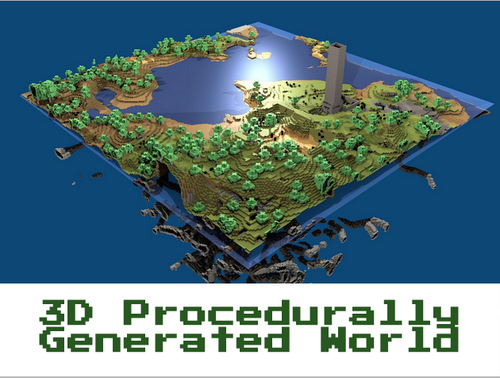
2. Explanation of 3D procedurally generated world
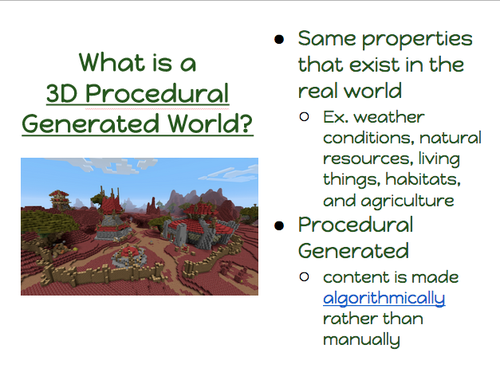
3. Describes the learning goals of the unit
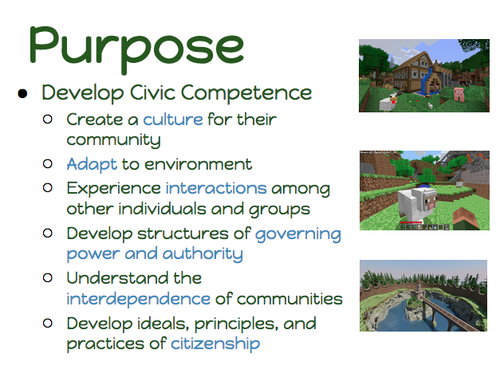
4. Introduces the driving questions (What is the ideal community?)
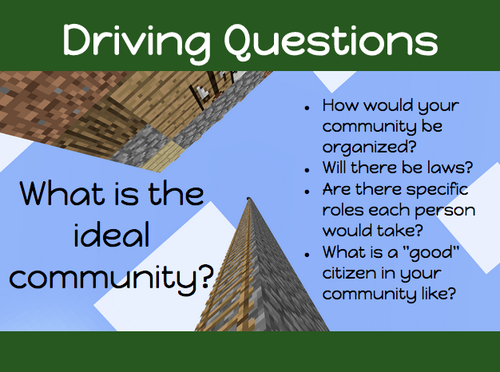
5. Students/Teacher discussion about community
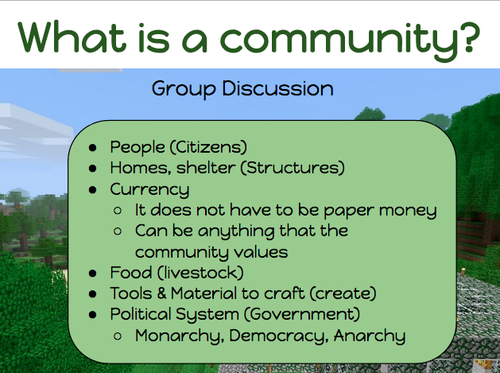
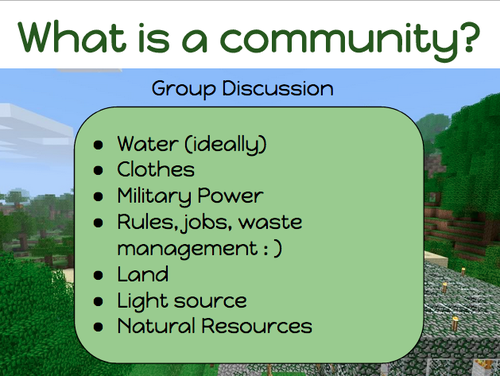
6. Team Worksheet: Each group was given this Google document that contains four sections: Purpose, Research, Your Community, and Learning Reflection
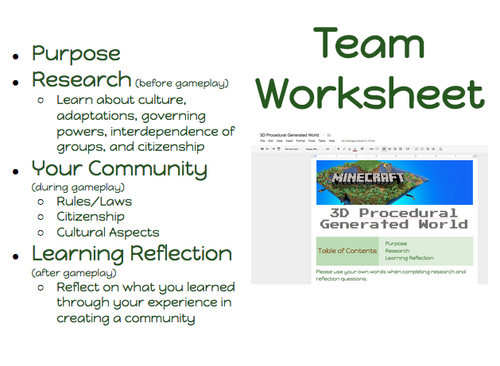
7. Group & Peer Evaluation: This Google Form survey allowed students to evaluate the work of their group, peers, and their own contribution to the project.
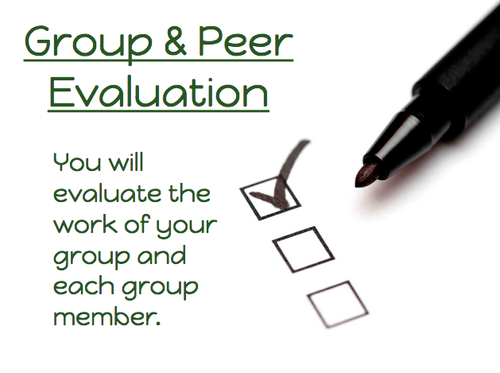
This is the Google document that was shared with each community. Before creating their civilization in Minecraft, each group of students were required to research the learning goals of the unit, and place their findings in the "Research" portion of the worksheet. I provided the students with links to informational websites and videos. After creating their civilization, the students needed to complete the "Learning Reflection" portion of the worksheet.
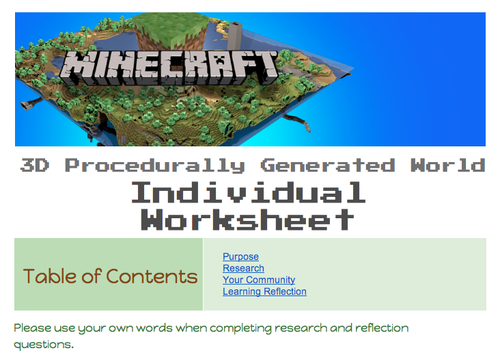
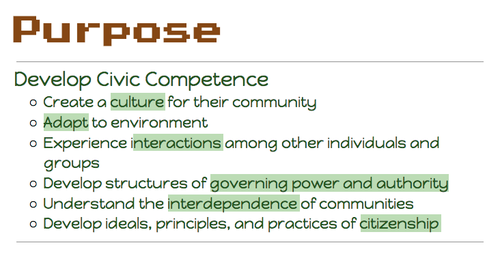
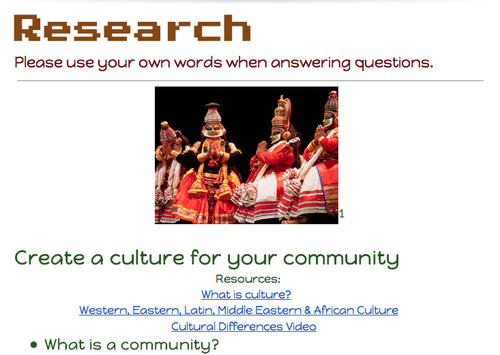
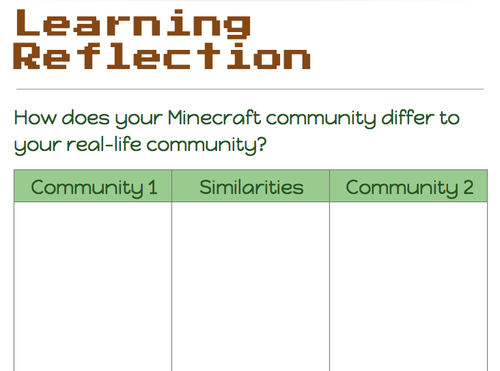
Stay tuned for Part 2

1 comment: